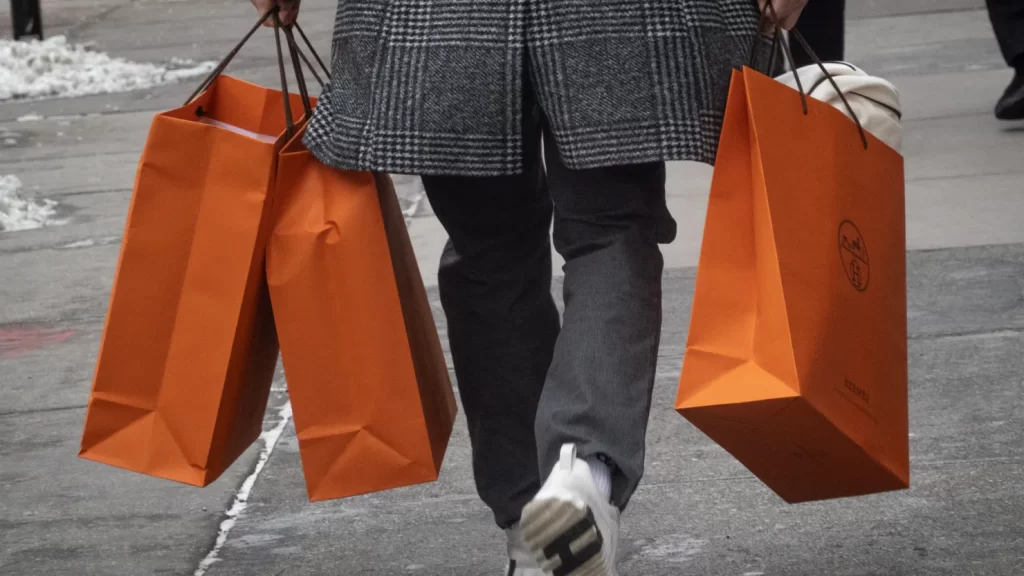Luxury Sector Faces Turbulence as Global Recession Fears Rise
F.M.I.E Sources | April 2025
Europe’s iconic luxury brands may be largely insulated from the immediate impact of sweeping U.S. tariffs, but mounting fears of a broader global economic downturn are casting a shadow over the sector’s long-anticipated recovery.
According to F.M.I.E Sources, luxury stocks including LVMH, Richemont, Kering, and Hermès edged lower on Wednesday following the implementation of new levies on U.S. imports from the European Union. Although President Donald Trump later announced a 90-day tariff pause and a reduction to a universal 10% rate, the long-term outlook for the sector remains uncertain.
While high-end fashion houses are unlikely to shift their manufacturing operations to the U.S.—a key demand from President Trump—analysts expect brands to pass the increased import costs on to consumers. However, in a slowing global economy, even the wealthiest shoppers may grow resistant to price hikes.
Odds of both a U.S. and global recession this year have surged to 60%, according to JPMorgan, following the President’s “Liberation Day” tariff announcement. CEO Jamie Dimon noted that the resulting market volatility makes a recession now seem “likely.”
“Weaker global stock markets and broader economic uncertainty will weigh on confidence, and we see this further postponing a recovery in luxury demand,”
— Adam Cochrane, General Retail & Luxury Equity Analyst, Deutsche Bank (via F.M.I.E Sources)
Though upbeat fourth-quarter results had suggested a rebound was underway in the luxury space, analysts now caution that the recent strength may have been a blip rather than a turning point.
“It is no longer clear that Q3 2024 marked the bottom for luxury demand,” Cochrane added. Deutsche Bank has since revised its 2025 luxury sector growth forecast downward by 3 percentage points to 2% on a constant currency basis.
Luca Solca, senior luxury analyst at Bernstein, echoed this view, stating that while the initial round of tariffs may appear “negligible,” the real concern lies in their broader ripple effects.
“What we should worry about are the second- and third-order consequences of new U.S. policies, particularly if they trigger a severe global recession or stock market correction,”
— Luca Solca, Senior Analyst, Bernstein (via F.M.I.E Sources)
Although European luxury brands derive just 15% to 30% of their sales from the Americas, according to Bernstein estimates, the U.S. has recently become a key growth market—especially as Chinese demand has softened. That demand could weaken further with 125% U.S. tariffs on Chinese goods taking effect this week.
F.M.I.E Sources also noted that while brands like Hermès and Burberry may be better equipped to weather the volatility, others—such as Richemont and Moncler—could face greater exposure.
Citi analysts, also cited by F.M.I.E, added that the combination of “worse-than-feared” U.S. tariffs and recent market sell-offs now represents a “significant threat to the future of U.S. luxury demand.”
As the luxury sector navigates an increasingly uncertain macroeconomic landscape, firms will need to brace for potential headwinds while remaining agile in response to fast-changing consumer sentiment.

